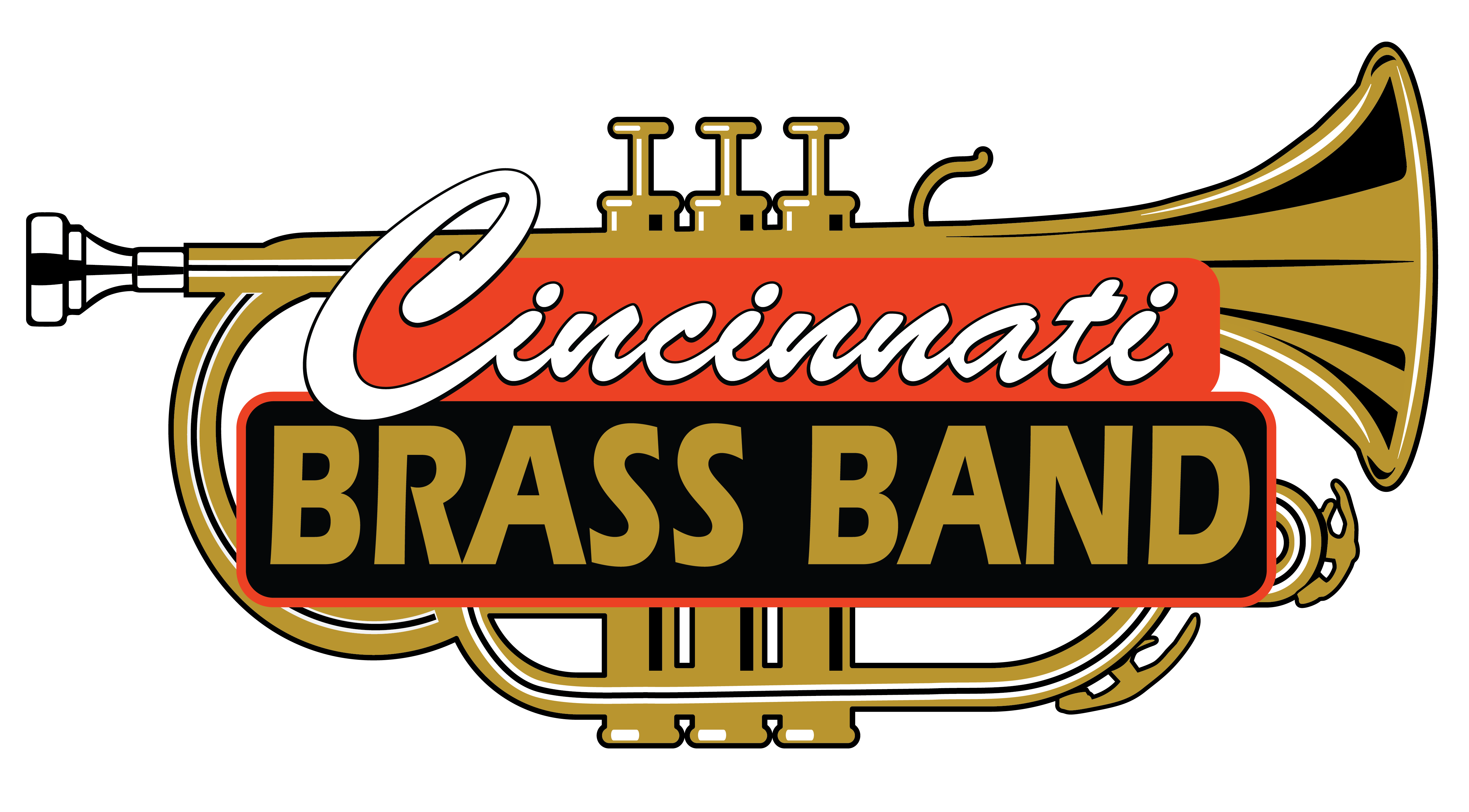Cincinnati Brass Band (CBB) was founded in 1993, and organized by William Harvey of Buddy Rogers Music; Director, Anita Cocker-Hunt; and Assistant Director, Drew Cremisio. From humble beginnings, with its first performance at the Tri-County Mall, the CBB has gone on to national prominence. Venues include churches, schools, country clubs, festivals, and community concert series programs. A few notable performances include a televised concert for the unveiling of the refurbished historic Tyler-Davidson fountain on Fountain Square in Cincinnati, multiple performances at Cincinnati’s Riverbend and Music Hall venues with Erich Kunzel and the Cincinnati Pops, and an appearance at the Great American Brass Band festival in Danville, Kentucky. The Cincinnati Brass Band was proclaimed as the “Official Brass Band of Cincinnati” by the Mayor of Cincinnati in recognition of their contributions to the musical culture of Cincinnati. The CBB earned first place at the 2018 Dublin Festival of Brass and third place in the Second Section at the 2018 NABBA championships.As Cincinnati’s official Brass Band, the CBB performs roughly 15 times during the year through-out the greater-Cincinnati area.
Community Outreach has always been an important aspect of the band’s history, and it continues today. This year the ensemble will collaborate with other members of the Cincinnati art community including: Cincinnati’s Music Resource Center, the Cincinnati Conservatory of Music Prep Brass and the School for the Creative and Performing Arts. We are excited to announce a new international partnership with the Ratby Brass Band of Great Britain.
The Cincinnati Brass Band is a member of the North American Brass Band Association (NABBA) which sponsors an annual competition of the member bands from across the U.S. and Canada. The Cincinnati Brass Band entered their first NABBA competition in 1996 and has competed successfully in both the Challenge and Honors sections.
Instrumentation used in the Cincinnati Brass Band is based on the British brass band tradition of mostly conical instruments rather than cylindrical ones. Hence cornets (both Bb and Eb) are used instead of trumpets, and alto horns take the place of French horns. The upper voice is completed with Flügel horns, while the bottom is composed of baritones, euphonia, trombones and tubas. A small percussion section generates additional rhythmic effects.
